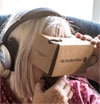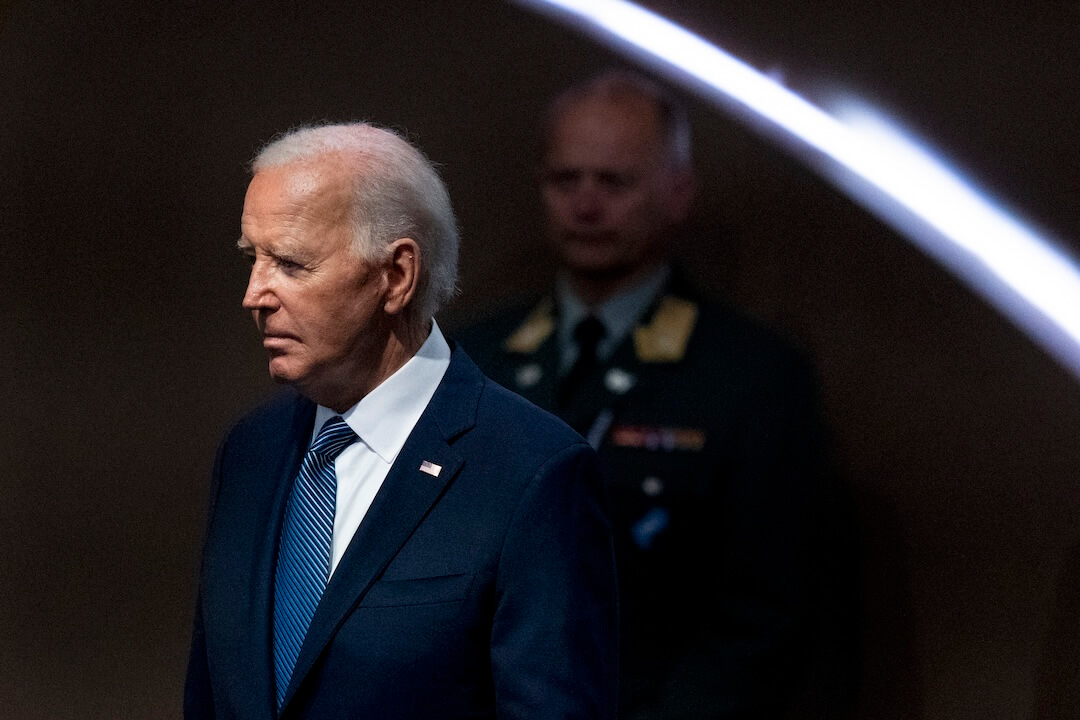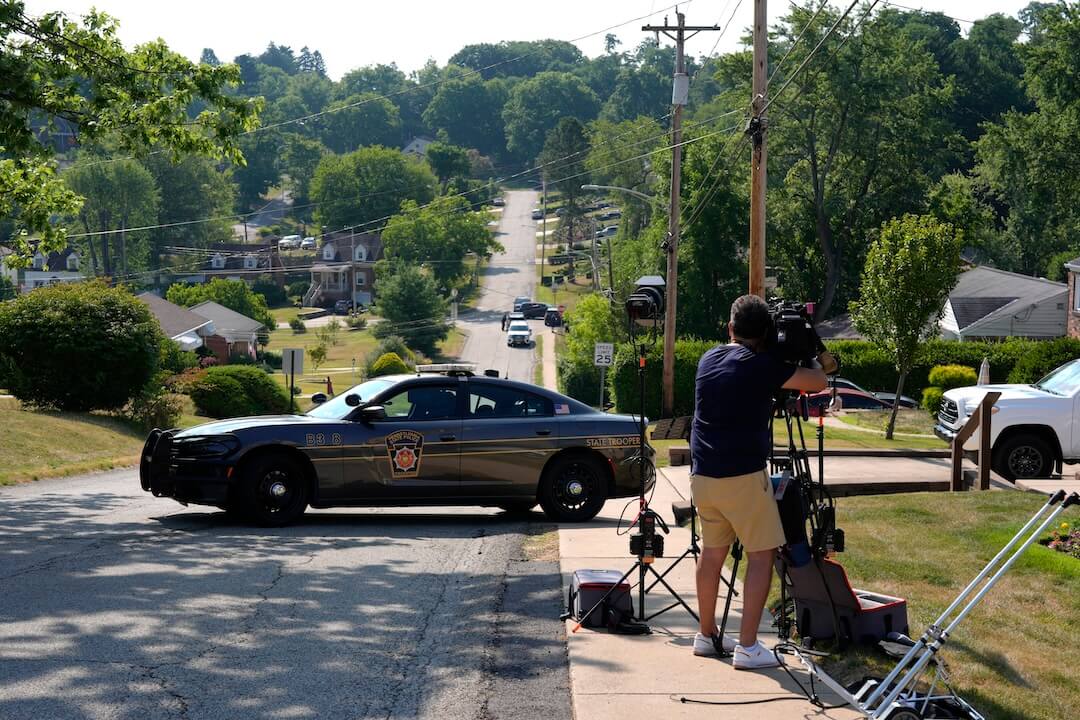
New York Times distributed Google Cardboard to its subscribers so they can watch New York Times virtual reality stories. (Photo by Bill Mitchell)
I was reminded of the device in a Facebook post Saturday by Howard Finberg, who recalled its sorry demise by way of hoping for better from the Google Cardboard, the virtual reality device that showed up with home-delivered copies of the New York Times this past weekend.
The future of the Cardboard undoubtedly lies somewhere between the forgettable fate of the cue cat and the world-changing impact of the mouse, that magical explorer of all things digital devised a half century ago by the late Stanford researcher, Douglas Engelbart.
The key difference? Utility vs. novelty.
I was intrigued enough with the package included with my Sunday Times to set aside the paper and figure out how to fit my iPhone into the Google Cardboard. After downloading the NYT virtual reality app, I plugged in my earphones and watched (and listened) to the various segments the Times has included in its VR gallery.
In ways that text and still images alone could not have accomplished, I was moved by the Times’ main feature, The Displaced. It’s an 11-minute VR video exploring the lives of 3 children displaced by recent wars, among 60 million people uprooted from their homes and homelands around the world.
Although viewing the segment with the Cardboard is more immersive than viewing it on my mobile phone, I was surprised at how well the small screen of my iPhone 5 handled the VR video.
And as much as I admired the VR productions and enjoyed the experience, Day One with the Cardboard remained more of a novelty than a truly useful experience. I expect the utility will show itself, over time, in two main ways: increasing my control over the user experience and telling me more about stories I care most about.
NYT Magazine editor Jake Silverstein addresses the first point in his discussion of VR as a story-telling tool: “V.R. invests the viewer with an uncanny feeling of agency, a sense of being able to look around for yourself. Your living room or kitchen falls away. Turning this way and that, examining the sky or a cucumber or a lily pad, you begin to feel present in these vivid locations, a virtual witness to these children’s precarious lives.”
Just as the mouse expands the user’s agency beyond what’s contained in the story and immediately visible on the screen, Virtual Reality enhances our field of vision by 360 degrees within the story itself.
As cool as that is on the user end, it’s hugely demanding on the production end. Not simply a matter of linking to already existing resources, V.R. requires the cumbersome collection of images with multiple cameras as part of extraordinarily detailed reporting and recording schemes.
Just as important will be the subject of the reporting, a topic I expect will be addressed by a new report exploring journalistic applications of VR by the Tow Center. It’ll be discussed at the Columbia School of Journalism from 4 p.m to 8 p.m. Wednesday (h/t to Mario Garcia for the heads up).
I expect I’ll find V.R. most useful in the case of big breaking stories with unexpected developments as well as stories that hold deep interest for me for one reason or another.
Those circumstances suggest a ubiquity of V.R. recording that’s unrealistic today but might not be in the future. As the Times’ Renee Murawski points out in a comment attached to my Facebook post about the Cardboard, the paper has taken a huge step forward in putting a million of these devices in the hands of thoughtful readers, many of whom care enough about the experience to share their impressions with others.
Other Facebook commenters asked for a verdict on the Cardboard. Here’s mine: Leaning more in the direction of the mouse than the cue cat, but way too soon to guess how far.
Your assessment so far?
Correction: The late Stanford researcher Douglas Engelbart had his name misspelled in an earlier version of this story and then later in this correction.







